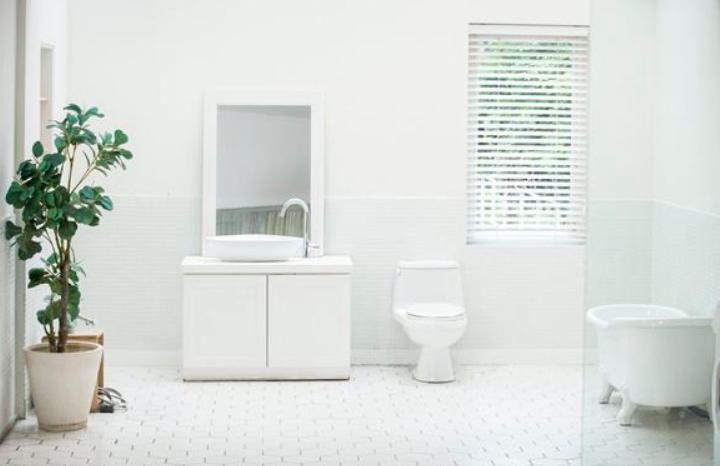Eyes are muscles
Eyes are muscles, and they like to work. So you don’t get bored in your living room, avert your eyes. But don’t get bored. In most living rooms, one main focal point is enough, namely the fireplace. If you lack sparkle, use reclaimed architecture, stucco or tile. Large mirrors can work wonders. The reflections shine and enlarge the space.

- The fireplace is the perfect focal point. If you lack sparkle, use reclaimed construction, stucco or tile to fit your budget.
- A large mirror can work wonders. Reflections shine and enlarge the space. Wear a blindfold for best results.
- Create your room around a dramatic piece of art or sculpture. To keep your space fun and create “movement,” give away good luck. In other words, choose one color or pattern in a focal area and apply it with a little tactile sensation throughout the room.
Walls are not just paintings
There are more ways to decorate a wall than just using paint.
Creating a partition or hanging collection is an inexpensive way to add drama to your living room.

- You don’t have to put everything on a shelf. To inexpensively decorate a wall, consider hanging collections. Almost everything can be framed. Use a shadow box or your own hook to mark details.
- Consider adding a decorative or accent wall instead of cheap paintings. Covering your walls with fabric, putting up cheap stickers, painting pictures or murals is a great way to add drama without spending a lot of money.
- If you have unattractive windows, long or blank walls, floor-to-ceiling curtains can be an attractive solution. Brass curtains are simple and inexpensive.
Use an assortment of shelves
Bookshelves are inexpensive, and many homeowners store their supplies in open pantries, not realizing that not all items are worth displaying. Such storage is an important component of a well-designed living room.

- Mix 2/3 of the book with 1/3 of the decor on open shelves. Hide cheap (unattractive) paper covers or trade them in for hardcover books.
- Resist the urge to fill every part of the space. “Breathing” space between items is visually appealing.
- Light dark cabinets with mirrored picture frames, glass vases and other reflective surfaces. Consider installing lighting under the counter.
Planning a congestion zone
It sounds strange when decorators say to plan for clutter, but creating a clutter area can help free up everything else.

- The door next to the door you use most often is the best place to eliminate clutter, but you can use other areas as well. Figure out your needs before planning.
- Choose from a wide range of baskets, hooks, shelves, cabinets or wall trays for purses, keychains, cell phones, dirty shoes, backpacks, coats and other items.
- Such storage can hide clutter. Make sure you can easily reach your belongings and other hiding places. Don’t use it if you can’t easily reach a cash drawer full of groceries.
Light tone
One of the most common mistakes when decorating a living room is installing overhead lighting. Such harsh lighting is not conducive to relaxation.
As additional sources of light in the living room, sconces, floor lamps or table lamps are used. As a rule, sconces hang on the wall in the area designed for reading. High floor lamps are placed in the corners of the room.

- Lamps are a great way to soften the space. Consider a set of lamps of different heights throughout the room (including an assortment of bulbs of different wattages).
- Recessed or directional ceiling lights, under-countertop fixtures and art fixtures can highlight certain spaces and provide light to the rest of the room.
- Placing a fireplace or wall with a fireplace on the side can be a great way to add accent lighting without taking up valuable table or floor space with lamps.
And most importantly – create a living room design, guided primarily by your taste and common sense. And you will succeed.






